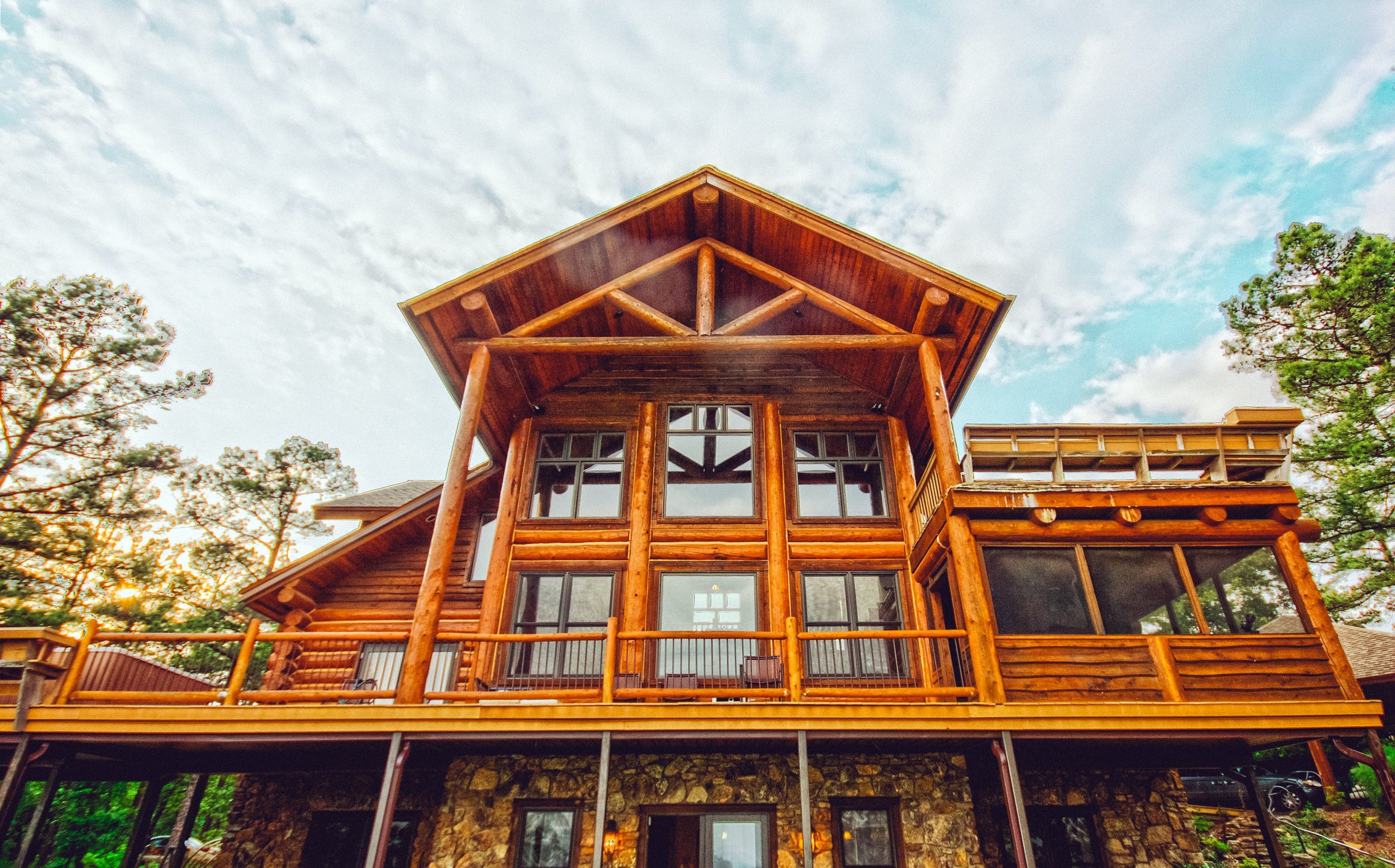
Alternatives to Western Red Cedar: Which Woods Perform Equally Well?
Western red cedar is the most common wood used to construct boats and log cabins. Due to its attractive appearance and availability, it is also a popular wood used for outdoor furniture. The number of trees felled each year has raised concerns about the western red cedar. As a result, some individuals are searching for alternatives to this wood to manufacture furniture and other goods. Continue reading to learn more about these options and how they compare if you’re interested in using them for your project and doing it at a lesser cost.
Western Red Cedar Alternatives and Substitutes for Your Next Project
Nothing compares to the aroma of freshly cut cedar. It invokes a sense of nostalgia and reminds us of holidays past. While its scent is incomparable, its unique color and texture make it a natural choice for home decor. Cedar is also known for its durability and longevity, which make it an excellent choice for furniture, cabinets, and more. Western Red Cedar is a beautiful yet pricey material. If you are looking for an alternative, consider the following:
· Alaskan Yellow Cedar
Alaskan Yellow Cedar is a whitish or pale yellow that isn’t distinct from the heartwood and is typically light in weight. The wood is also soft, making it ideal for furniture, flooring, and cabinetry. The wood is also resistant to insect damage, decay, and rot. Alaskan Yellow Cedar is a type of wood mostly found on the Northwest coast of North America. Skin irritation has been linked to Alaskan Yellow Cedar, notwithstanding the rarity of severe reactions. This wood is in short supply. Be prepared to pay a high price for a domestic species, especially for clear, knot-free pieces.
· Douglas Fir
Douglas fir trees are coniferous trees that grow from west-central British Columbia southward to central California. They are used for their wood, which is light, soft, and durable. Douglas fir trees are easy to grow and are known for their needle-like leaves and dark green color. They are very popular in Christmas decorations because they grow quickly, have a beautiful shape, and look great with white lights. The best grade for Douglas fir is Clear Vertical Grain.
· Siberian Larch
The Siberian Larch is a large coniferous tree native to Siberia and Mongolia’s boreal forests. With an average height of 100 to 120 meters and a circumference of up to 15 meters, it is one of the biggest trees in the world. The Siberian larch is a fantastic option for both landscaping and lumber. The tree’s needles grow in three clusters and are stiff and needle-like, with an elongated shape that lends them their name.
Siberian larch is one of the world’s toughest softwoods. In actuality, it is denser than a lot of hardwoods! The harsh “upbringing” that larches had in Siberia’s subzero climate resulted in a large amount of hardness and inborn toughness.
· European Oak
European oak is utilized in construction, furniture manufacturing, and other goods. European oak is a particularly tough wood that naturally resists decay-causing organisms like fungi and insects. It also has excellent heat resistance, making it ideal for the building sector. The trees are renowned for their long, straight, fine-grained wood and attractive bark. It is also a wood species known for its durability, making it a particularly popular option for flooring. Wood is typically employed in building and interior design.
· Heat-treated Ayous
Heat-treated Ayous wood is a type of wood that has undergone a procedure involving high heat and pressure to make it sturdier and more resilient. High-quality guitars, violins, pianos, and other instruments are made from this wood. Heat-treated Ayous wood has excellent sound quality unaffected by humidity or temperature. Heat-treated Ayous wood is heated to high temperatures in a kiln and then submerged in cold water to produce its delicate, exquisite patterns. The result is a complex pattern of lines and shapes due to the wood’s shrinkage and cracking. The wood’s internal moisture evaporates, leaving a lovely and robust surface behind.
Costs And Pricing of Western Red Cedar Vs. Other Types of Wood
Ensure you have enough money to cover all the costs if you consider undertaking a project that will cost you a lot. It would be worthwhile to save up the money if you are only a few hundred dollars short. A project’s cost should be considered before you begin. This information can also be used to decide whether you should take on the project.
For example, if you are considering flooring your home, the price of putting in a floor depends on a few things:
- The kind of flooring you want to install.
- The size of the room.
- The design of the room.
To get advice if you need clarification on any of these elements, speak with an expert.
| Wood Type | Pricing per board feet |
| Western Red Cedar | approx. $1,383 ($98 per m²) |
| Alaska Yellow Cedar | approx. $1,781 ($73 per m²). |
| Douglas Fir | approx. $1,540 ($64 per m²). |
| Siberian Larch | approx. $1,290 ($54 per m²) |
| European Oak | approx. $1,842 ($77 per m²) |
| Heat-treated Ayous wood | approx. $2,140 ($90 per m²) |
Need a Cedarwood for your next project? Contact us at Long House Cedar.
